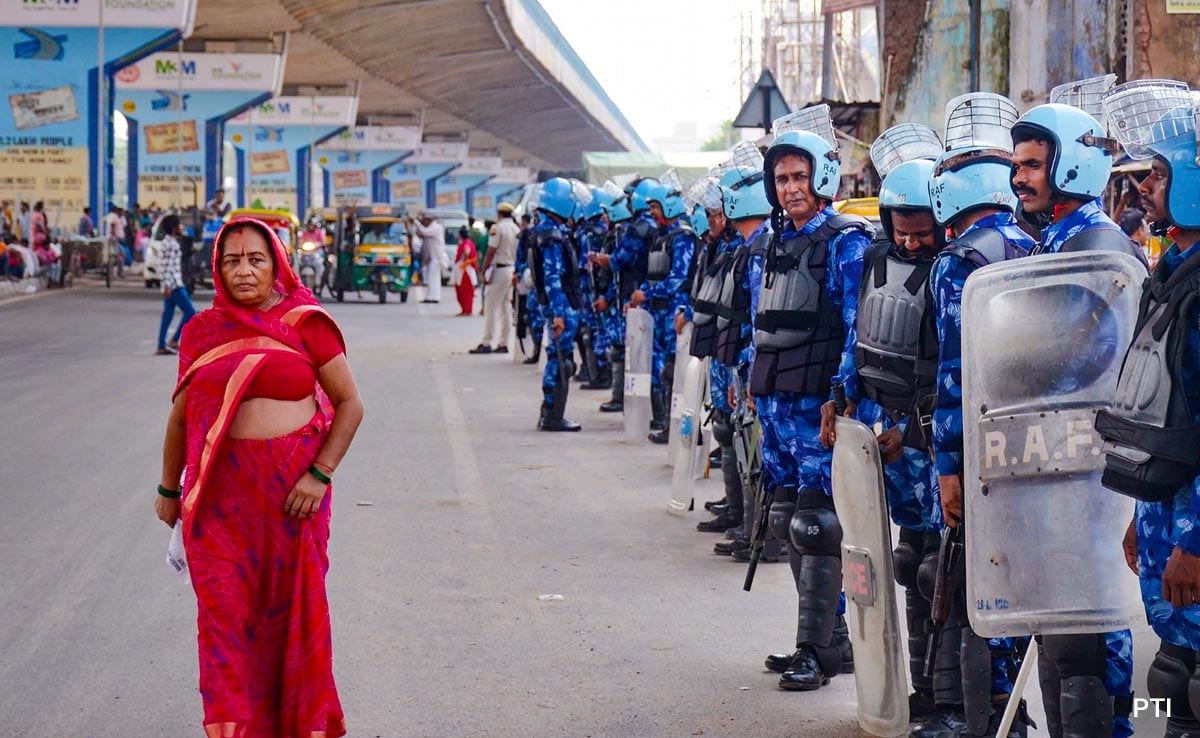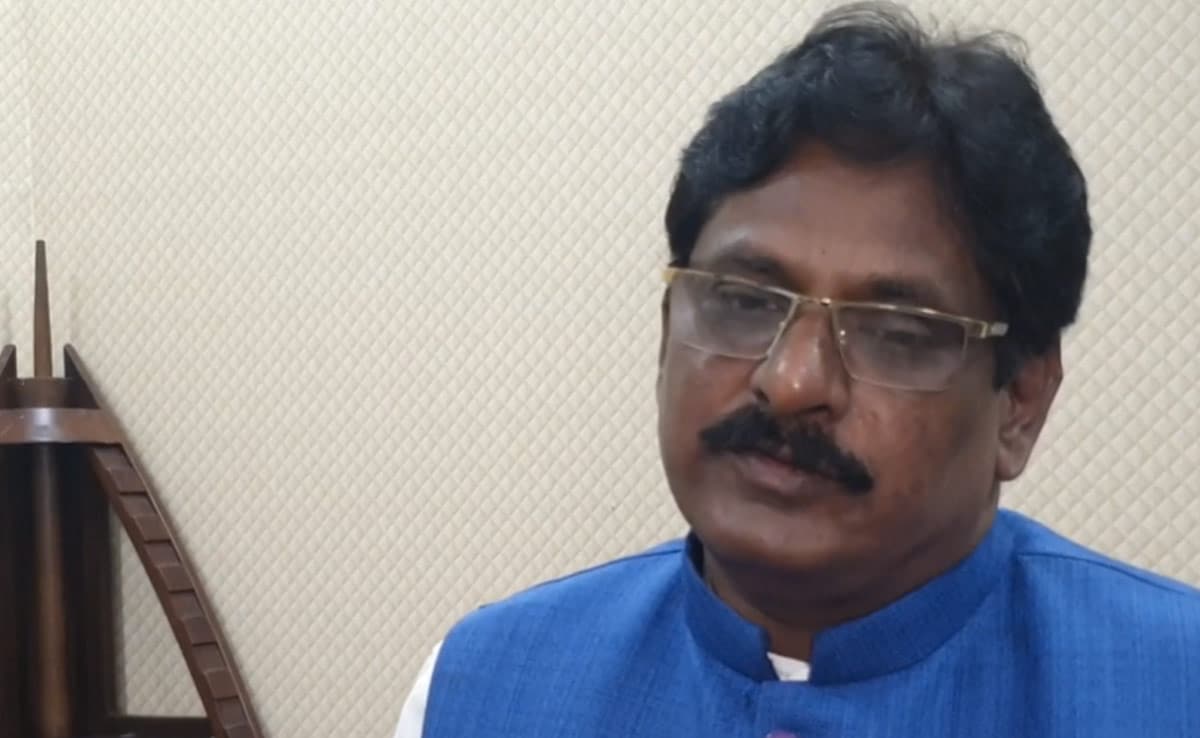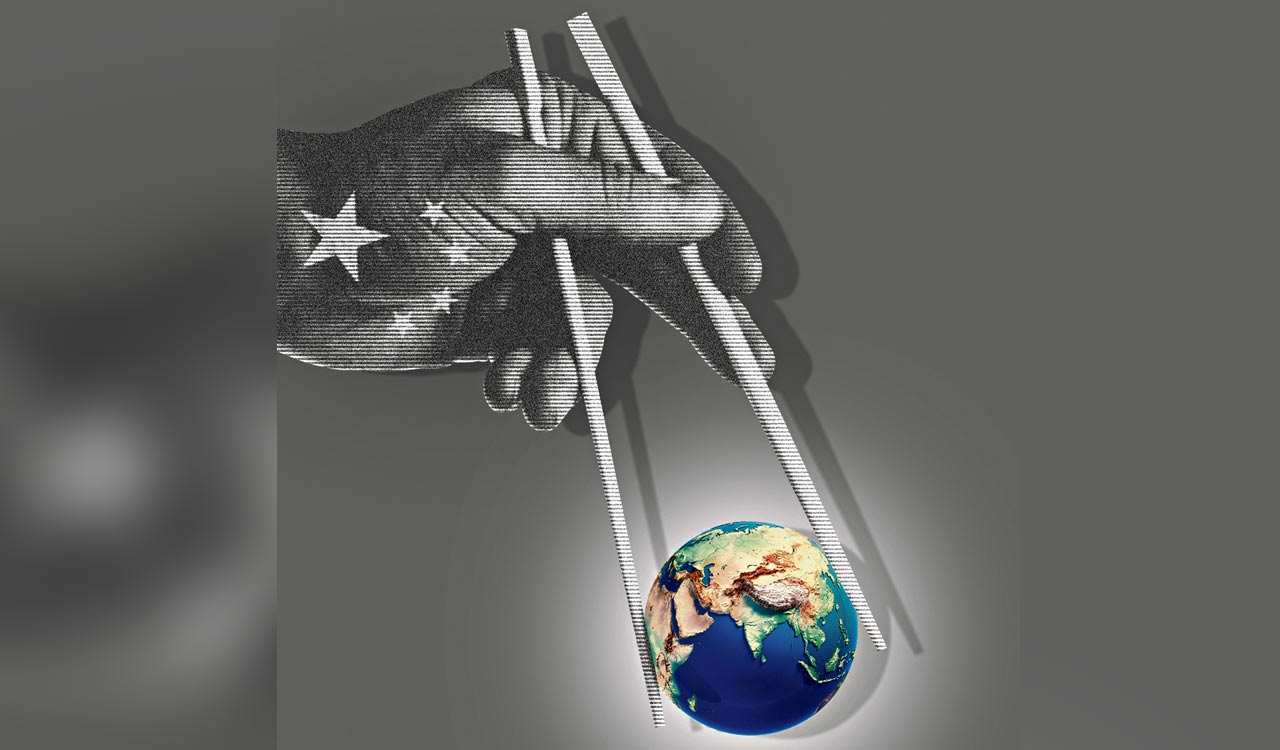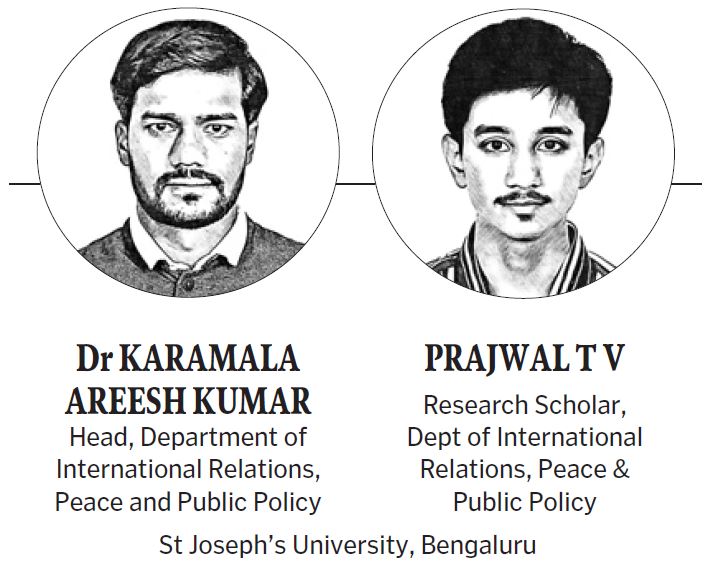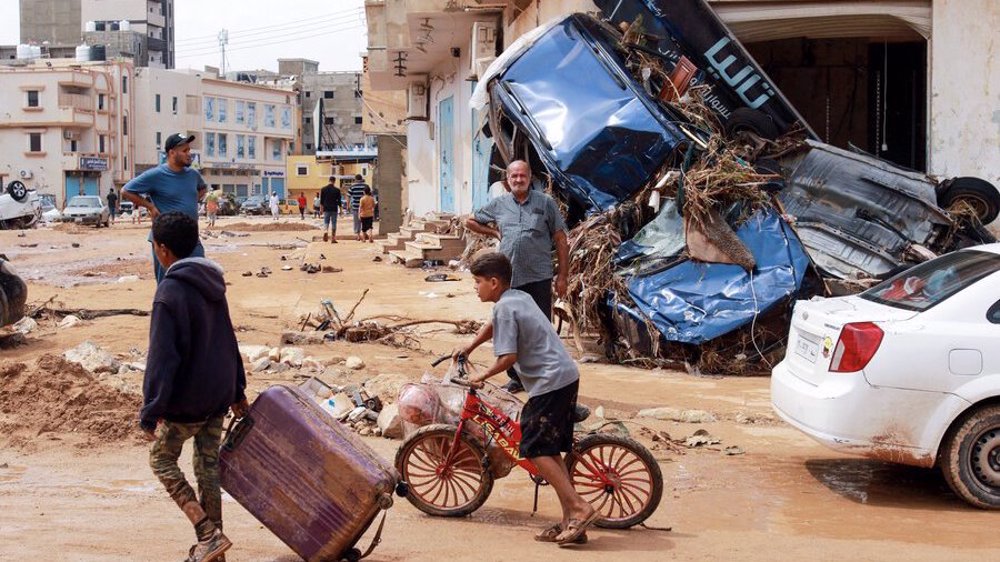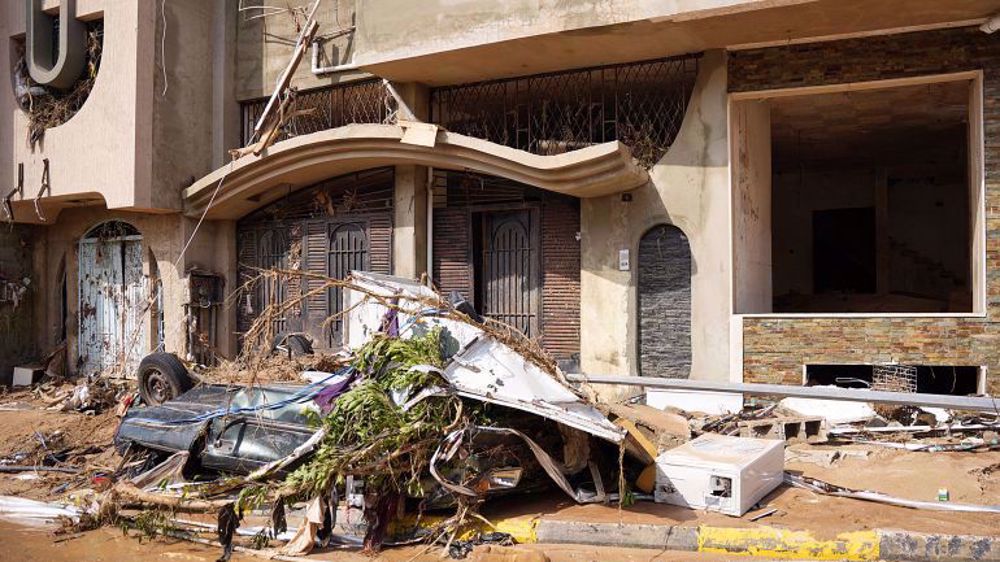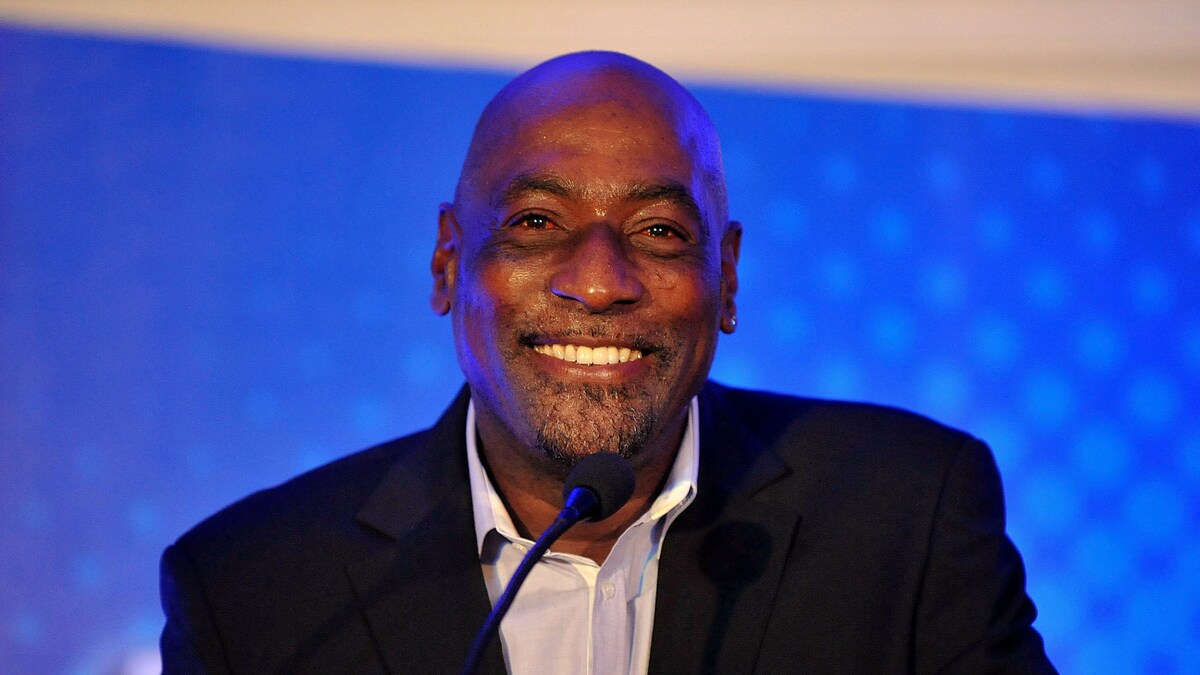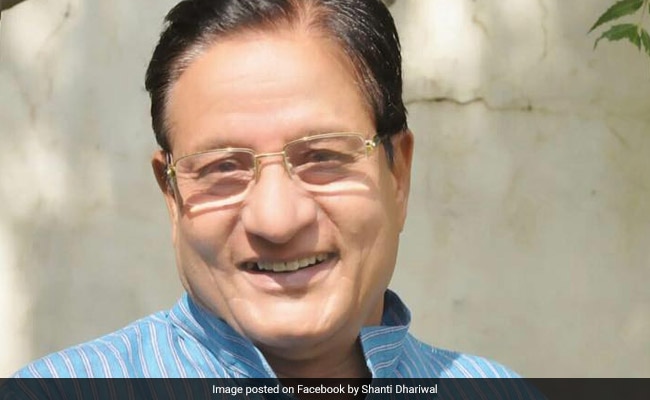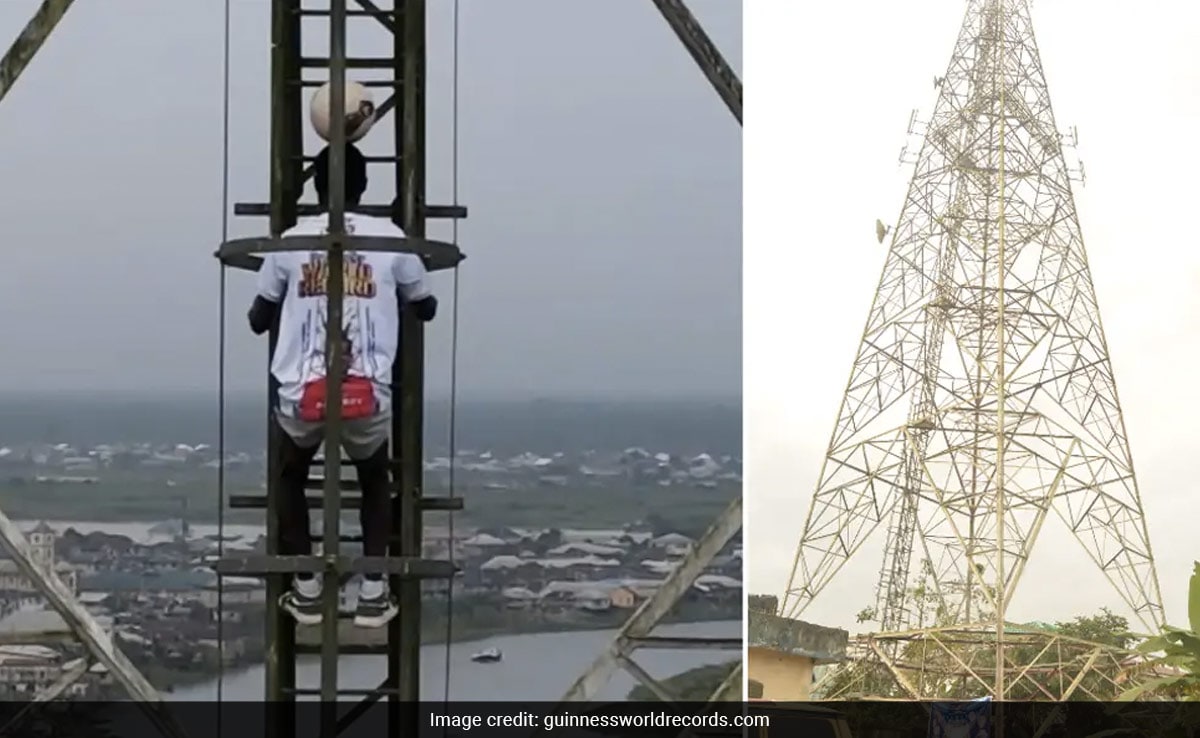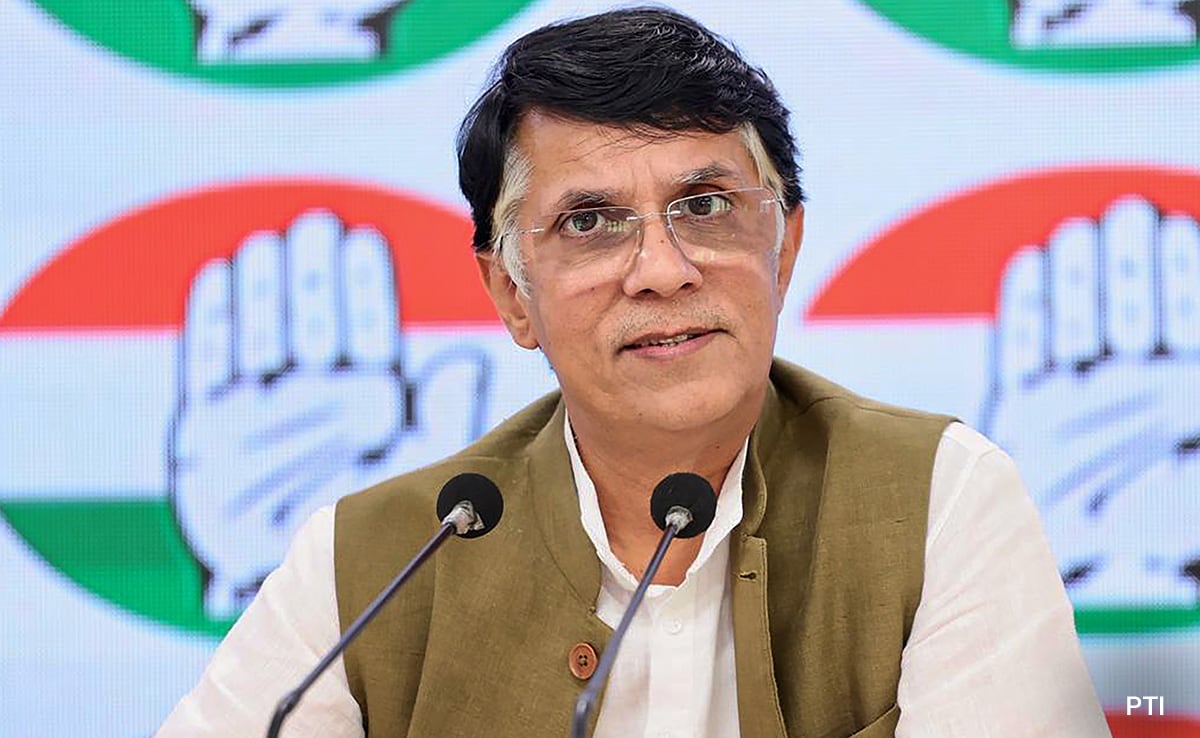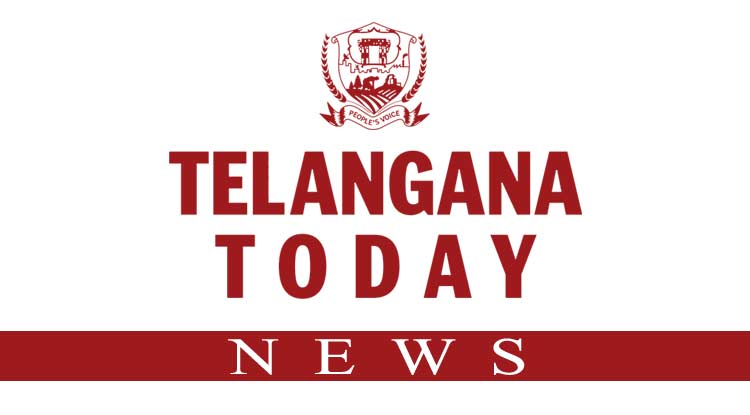Andhra Pradesh CID chief N Sanjay speaks to NDTV
Hyderabad:
Even as critics and supporters of former Andhra Pradesh Chief Minister N Chandrababu Naidu are debating the pros and cons of his arrest and its political impact, NDTV’s Uma Sudhir spoke exclusively to Andhra Pradesh’s CID chief N Sanjay to ask how they concluded that the former Chief Minister is the end beneficiary of the alleged AP Skill Development Scam, and what they are doing about a key file that has gone missing.
The investigating agency chief denied he is acting on the diktat of Chief Minister Jagan Mohan Reddy, but suggested that a former finance secretary who had contradicted the CID’s claims must have done so under pressure. The CID chief listed out other cases that they are investigating against Mr Naidu and his son Nara Lokesh.
In an unusual move, Mr Sanjay and additional advocate general P Sudhakar came to Hyderabad to interact with the media and explain the details of Mr Naidu’s involvement in the alleged AP Skill Development Corporation scam and why he needed to be arrested.
When asked about how the scam was linked to Mr Naidu becoming the end-beneficiary, the CID chief told NDTV a key aide of Mr Naidu, P Srinivas, who had worked as his personal assistant for years, had gone missing.
“Srinivas was examined by the IT department and as you know, Mr Naidu was recently served IT notices for suspected unaccounted income of over Rs 100 crore. This person has run away. He was linked with another two persons involved in generating fake invoices who were questioned by ED and IT. This shows that the proceeds of crime of Rs 241 crore clearly points the finger at the end-beneficiary. That is a gap in our investigation,” the CID chief said.
The income tax had reportedly raided Mr Srinivas house and found receipts and transactions tracing to his superior, that is Mr Naidu, Mr Sanjay said.
He denied aspersions being cast on him that he was working on the orders of the ruling party and chief minister Jagan Mohan Reddy.
“The investigations began in 2018 when GST noticed irregularities. When accused people and shell company people tried to avail of GST benefits out of their greed and out of their jostling among each other to benefit from GST. we booked FIR in 2021. the way the money was pushed out of the system was arbitrary and it calls for high-level pressure and involvement at the highest level. High level officers have made notings. We are working along with the ED and IT on this, ” he said.
On being questioned that the Enforcement Directorate that arrested several people, had not named Mr Naidu as a suspect or questioned him, Mr Sanjay said: “We are linking this to Mr Naidu because of the way corporation came into existence with an ulterior motive. Appointing outsiders to head govt agency, giving four posts to one man and timely siphoning of money even before execution and before any third party compliance or assessment.”
On being asked if the CID has issued a look-out notice for Mr Srinivas, who the CID says would be a key evidence in the case, Mr Sanjay said they were in the process.
“Mr Srinivas was served notice to appear before us. But he ran away to the US. Another key witness Manoj also ran away to Middle East, shows the pressure given the high-profile person involved,” he said.
While denying he was working under any political pressure, Mr Sanjay said PV Ramesh, former finance secretary, who had questioned the action of the CID in arresting Mr Naidu, could be acting under some pressure.
Mr Ramesh, whose statement to the CID was quoted as a reason to arrest Mr Naidu, had told NDTV that his statement was misunderstood or twisted by the CID. “The officers should be questioned to fix responsibility. How can the Chief Minister be held accountable for this?” he had asked.
Mr Ramesh had said a key file in the APSSDC had gone missing and all the claims were being made based on semi-official records in a shadow file maintained in the finance department. So when was the file noted to be missing?
“Under the CID scanner in the last 18 months, whatever we tried to trace the file. It could have gone missing in the earlier era itself since the case began in 2018 itself,” Mr Sanjay said.
The Andhra Pradesh Criminal Investigation Department and the ruling YSRCP in the state have every intention to keep former chief minister Chandrababu Naidu busy fighting legal battles.
AP ADGP CID N Sanjay told NDTV that other than the AP Skill Development Case, the CID was also investigating the Amaravati Capital Inner Ring Road case, in which they allege that changes were made to the plan to benefit those close to Mr Naidu and his former cabinet collegue, Narayana, and others.
In another AP Fibrenet Corporation case in which they allege that Naidu’s son Lokesh is involved and culpability would be fixed.
A YSRCP leader claimed that even on Sunday when they were awaiting verdict on remand of Mr Naidu, Punganuru police were waiting to take Mr Naidu into custody, in case the judge didn’t grand judicial remand of Mr Naidu. There had been cases filed last month against Mr Naidu for allegedly inciting his cadre to indulge in violence against the YSRCP activists.


